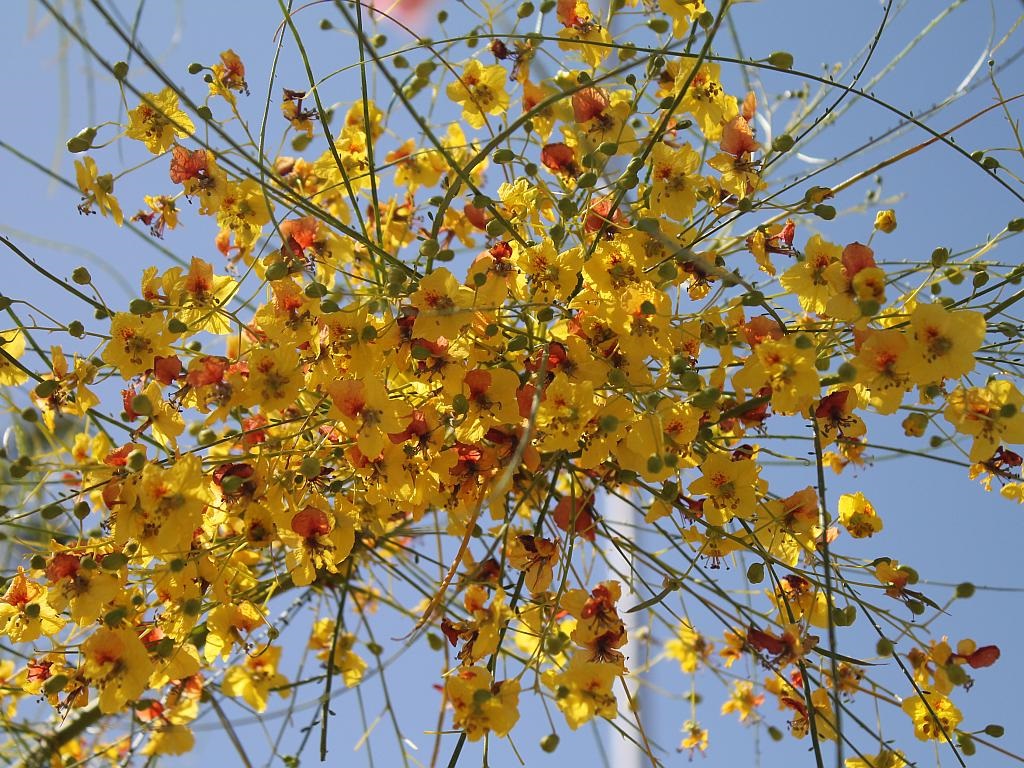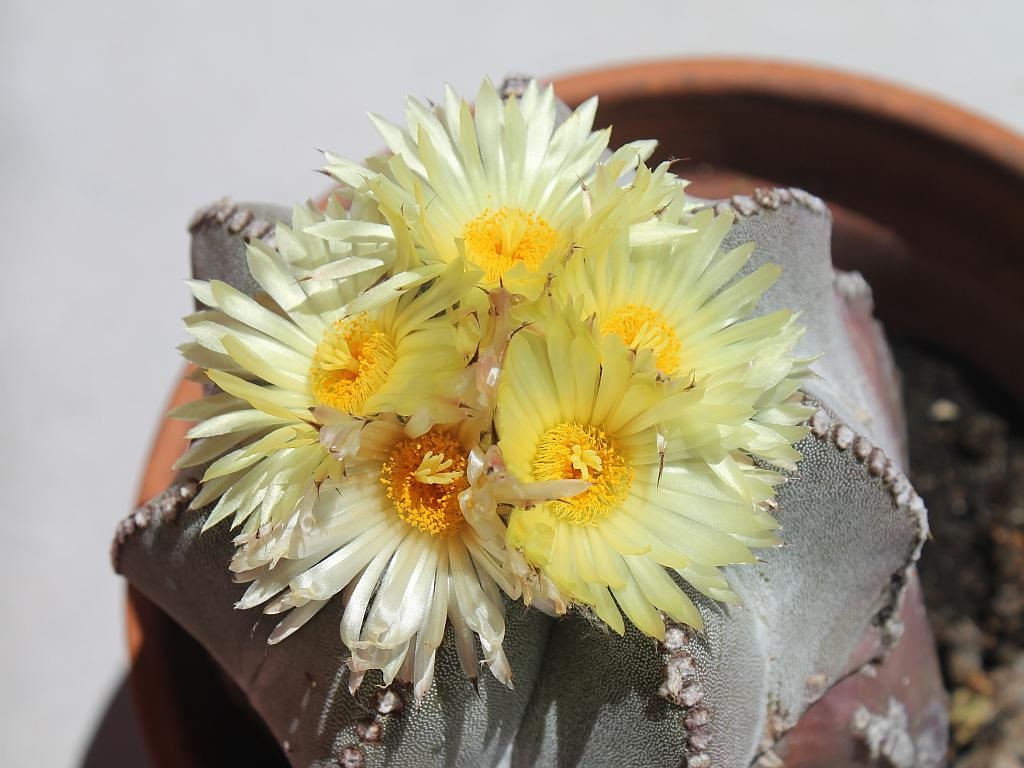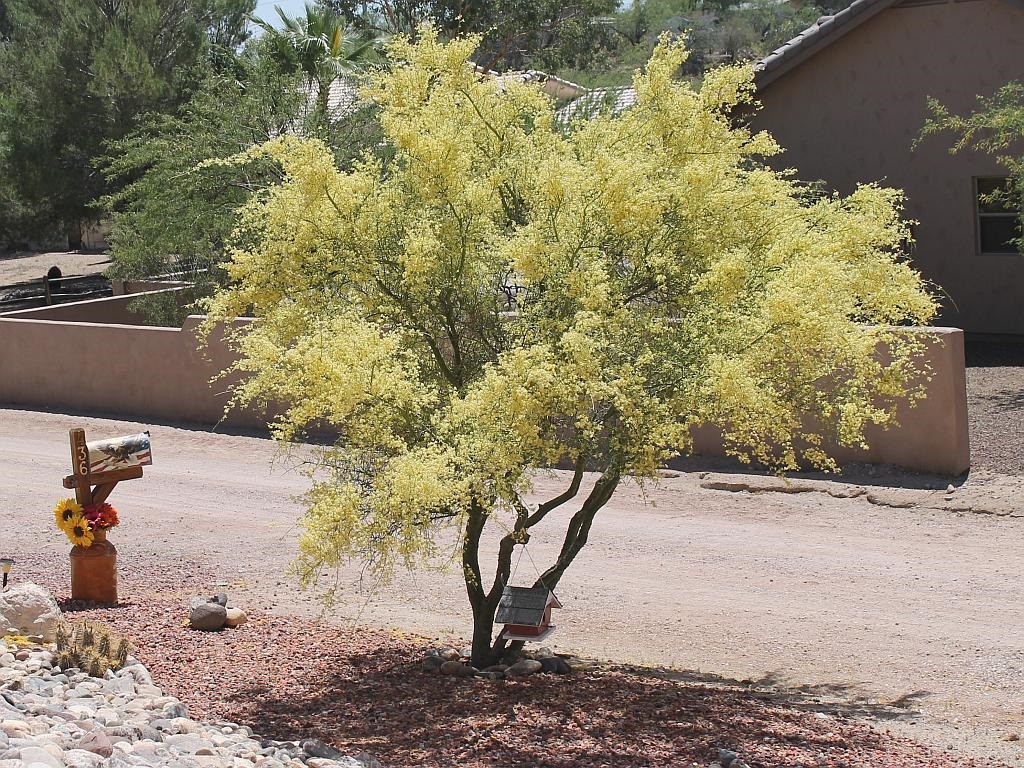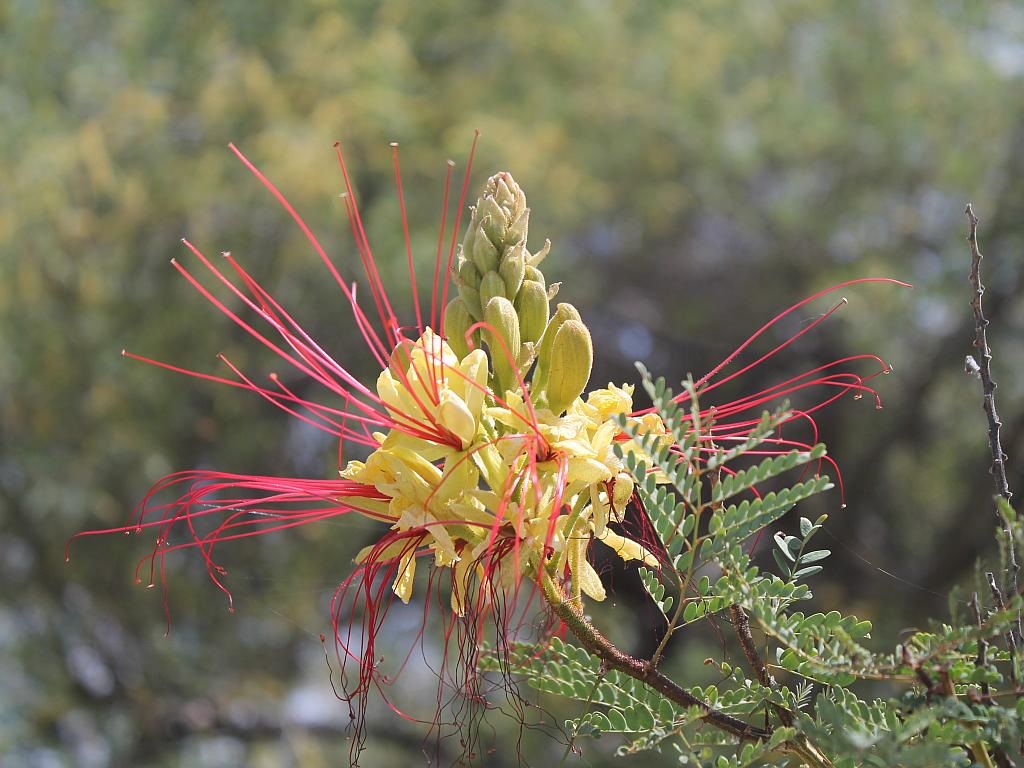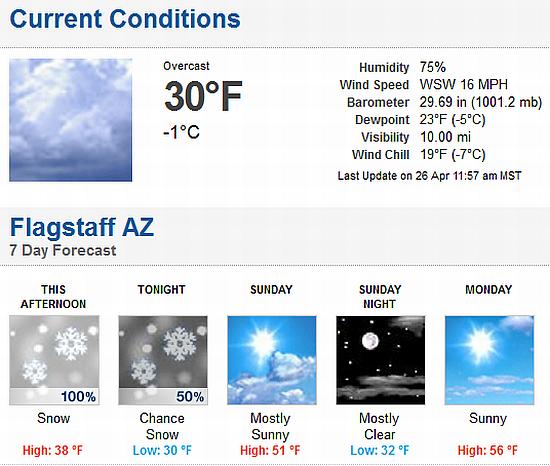
More than a month after the first day of spring, a cold front is passing through Arizona today. We’re having breezy, showery weather with temperatures sub-sixties. Both of us (and the dogs) have bundled up a bit, since we’re already getting used to the eighty and ninety degree days of late spring. Shorts and tank tops gave way to sweat pants and hoodies.
The weather in Flagstaff, AZ, shown above, is not typical of this time of year, even at their 7000 foot elevation. Yarnell, AZ, just eighteen miles north of us, is forecasting snow showers this afternoon at their 5500 foot elevation. We don’t expect snow here at 2000 feet above sea level, but the windchill had us scrambling for our winter wardrobe having already been put away.
The good news is that we’re going to see a warming trend in the coming weeks. Tomorrow will be fair enough for me to do some outdoor grilling. We’re looking forward to that.
Meanwhile, the GREENBATS® will blame the weather on CO2, no matter what the actual climate engine brings us.

